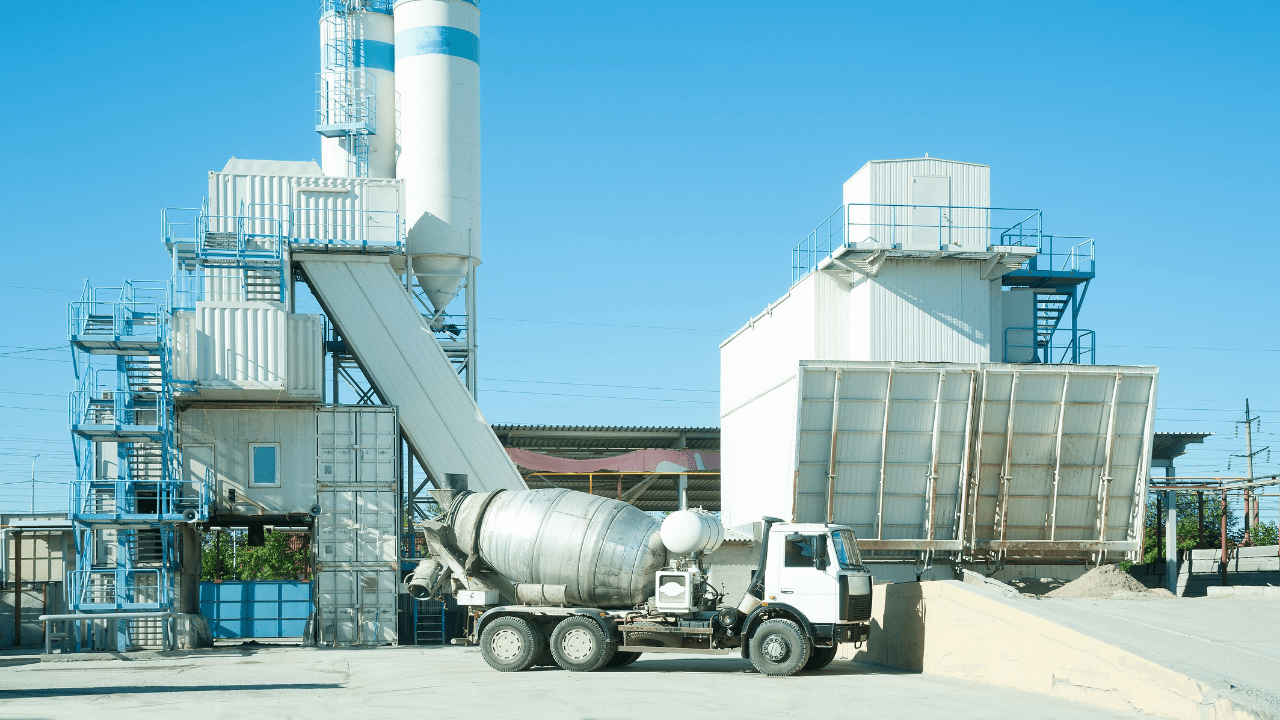Being responsible for around 8% of worldwide CO2 emissions, the concrete industry is under a lot of vertical and lateral stress these days.
Joke aside, the Global Cement and Concrete Association (GCCA) has taken big steps to decarbonize the sector completely by 2050 and is committed to starting right away.
According to Treehugger, the GCCA has already made progress, reducing carbon dioxide emissions in cement production by 20% over the last three decades.
Their latest roadmap also sets an intermediate target — another 25% by 2030.
This means that in less than 10 years, the industry will prevent almost 5 billion metric tons of CO2 emissions from entering the atmosphere.
“This roadmap highlights a significant acceleration of decarbonization measures achieving the same reduction in only a decade. It outlines a proportionate reduction in CO2 emissions of 25% associated with concrete by 2030 from today (2020) as a key milestone on the way to achieving full decarbonization by the mid-century.”
As one of the roadmap charts shows, there are considerable savings to be made in the heat needed for the cement chemistry.
To achieve this, kilns are to use alternative fuels derived from non-primary materials, such as waste or by-products, like biomass, fossil, or mixed biomass and fossil alternative fuels.
There are already cement kilns available that can operate with 100% alternative fuels.
However, there is another big hurdle for the GCCA — the CO2 emitted in calcination or turning calcium carbonate into calcium oxide.
That is a whopping 36% of emissions or 1,370 metric megatons to be dealt with by 2050 through carbon capture and utilization/storage.
More inspiring green news similar to this:


